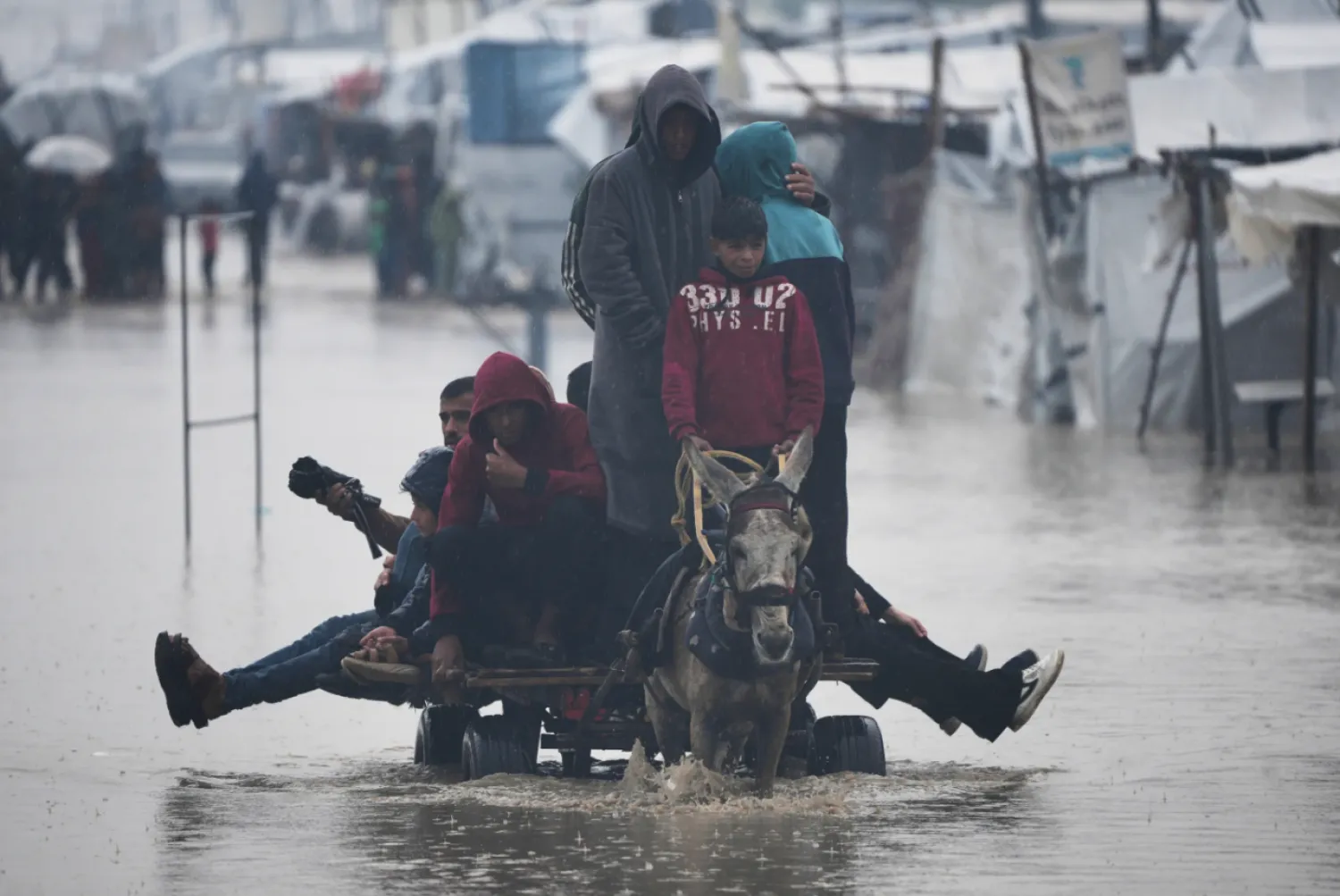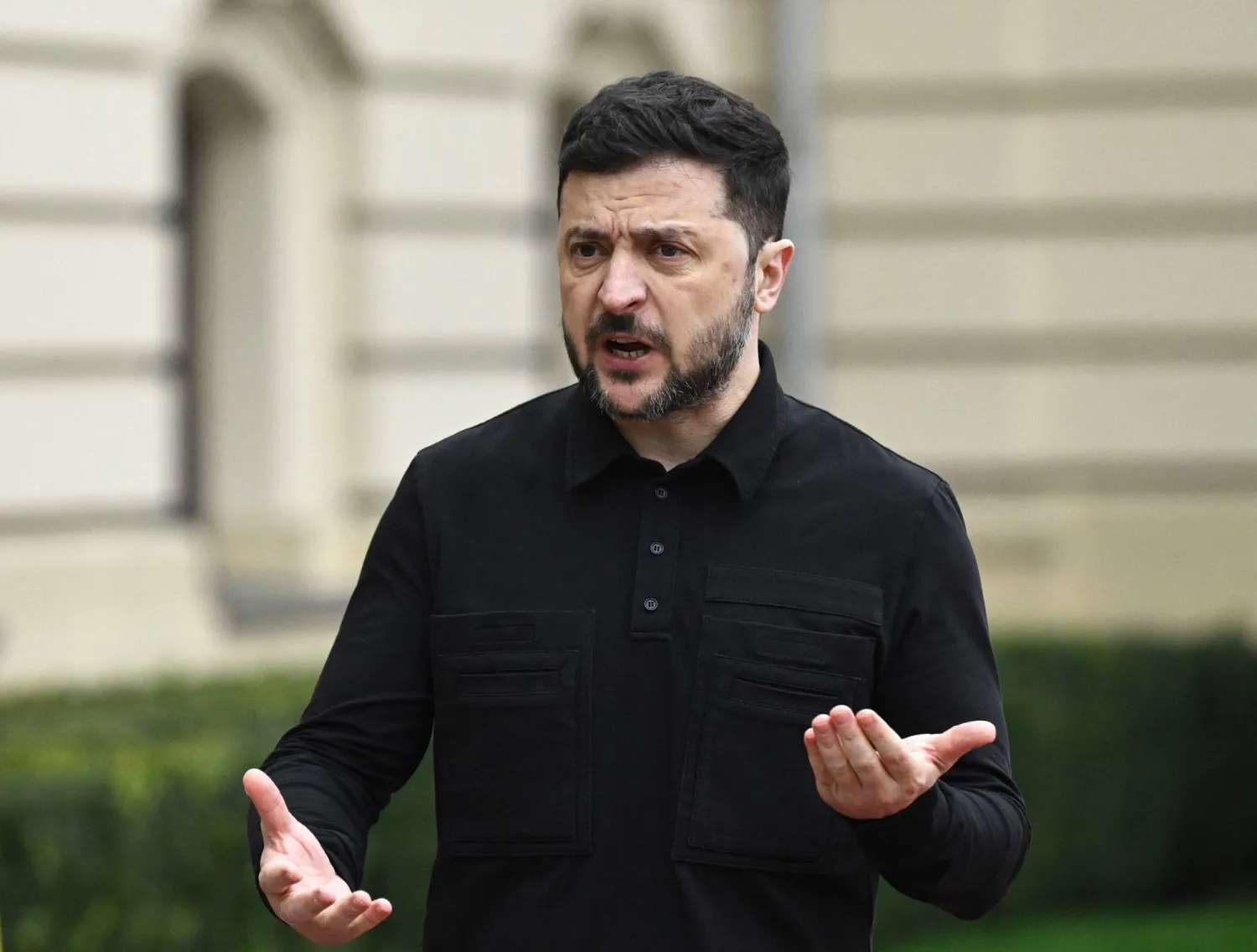Last-gasp negotiations are underway to salvage the international resolution that allows cross-border aid to reach Syria.
Russia had last week vetoed the extension of the resolution when it was put to a vote at the United Nations Security Council. The resolution expired on Sunday.
What is the resolution?
Issued in 2014, the resolution allows the delivery of aid to Syrians through four crossings from Jordan, Iraq and Turkey.
With the military changes in the ground in Syria, the region and the world over the years, the United States and Russia agreed in 2021 on resolution 2585. It allowed the delivery of aid through only a single crossing at Bab al-Hawa on the Turkish border. The aid would go to over 2.4 million people in the Idlib province, the last remaining opposition stronghold.
What are the American concessions?
Damascus and Moscow have always been critical of the 2014 resolution, which they deemed a violation of Syria’s sovereignty.
When he came to office, US President Joe Biden set the delivery of aid as a priority for his administration.
A meeting he held with Russian President Vladimir Putin in June 2021 was followed by secret negotiations that were held by their respective envoys, Brett McGurk and Alexander Lavrentiev.
Their talks led to a series of American concessions to Russia that shocked western powers that were not consulted by Washington during the negotiations.
The concessions included an agreement to fund “early recovery” projects in Syria that covered health, education, and sewage systems; increasing aid across the borders of the zones of influence inside Syria; and renewing the resolution for another six months, which hinged on a report on the “early recovery” and cross-border deliveries submitted by UN chief Antonio Guterres.
In return, Washington believed that it received a verbal agreement from Moscow that the resolution would be renewed automatically every six months.
What are the differences between Russia and the US?
The resolution expired as the world remains gripped by the Russian-Western conflict in Ukraine. Moscow attempted to hold expanded political negotiations from Syria, but Washington turned them down. It tasked its embassy in New York to follow up on the extension of the resolution, believing it was a done deal.
Washington and its allies believed the extension would have taken place in line with the understandings reached between McGurk and Lavrentiev. Moscow, meanwhile, had expressed its disappointment over the lack of progress in the “early recovery” and “cross-border” files.
Russia believes western countries did not agree to discuss Guterres’ report on these issues, while Washington charges that Moscow did not commit to its pledges and that it wants the US to make concessions with every extension.
Four Russian demands
Norway and Ireland had submitted the draft to extend the resolution for a year, but it was vetoed by Russia, which handed in four demands in return for its vote:
1- Extending the resolution for six months only.
2- Adding electricity to the projects covered in the “early recovery”. The word “electricity” was mentioned at least twice in the Russian draft.
3- Forming a mechanism to monitor the implementation of the resolution, especially the “early recovery” and “cross-border” deliveries.
4- The extension of the mechanism-resolution must require a new international resolution in line with a report from Guterres about actual progress.
Is there a settlement from either side?
Russia used its veto to turn down the western draft, while Moscow’s proposal did not receive enough votes in favor, with ten non-permanent members, including India and the United Arab Emirates, abstaining.
Countries are now confronted with two options: Failing to issue a resolution, which Moscow and Washington want to avoid, or searching for middle ground between the two resolutions.
Western countries believe they have made several new concessions by including the electricity file and monitoring mechanism in the resolution in return for extending the resolution for a year.
Washington believes that Moscow and Damascus are desperate enough for the electricity file to be included in the resolution that they would agree to a settlement over extending the resolution for a year, rather than six months.
Including the electricity file would save Syria from darkness, keep this file away from western sanctions and encourage energy projects with Jordan.
From Russia’s perspective, Moscow no longer trusts the West’s intentions and wants the resolution extended for only six months so that negotiations could again be held when the resolution expires.
It is hoping that the West wants to avoid strengthening Turkey’s position, which should the resolution fail to be extended, will be in charge of aid deliveries to northern Syria. Ankara could exploit the Syrian file for its own goals related to immigration and terrorism files.
A settlement is possible. Discussions have spoken of an extension for nine months, followed by three more. Over the Eid Al-Adha holiday, Arab and foreign diplomats sat together to search for last-gasp settlements as millions of Syrians held their breath.









